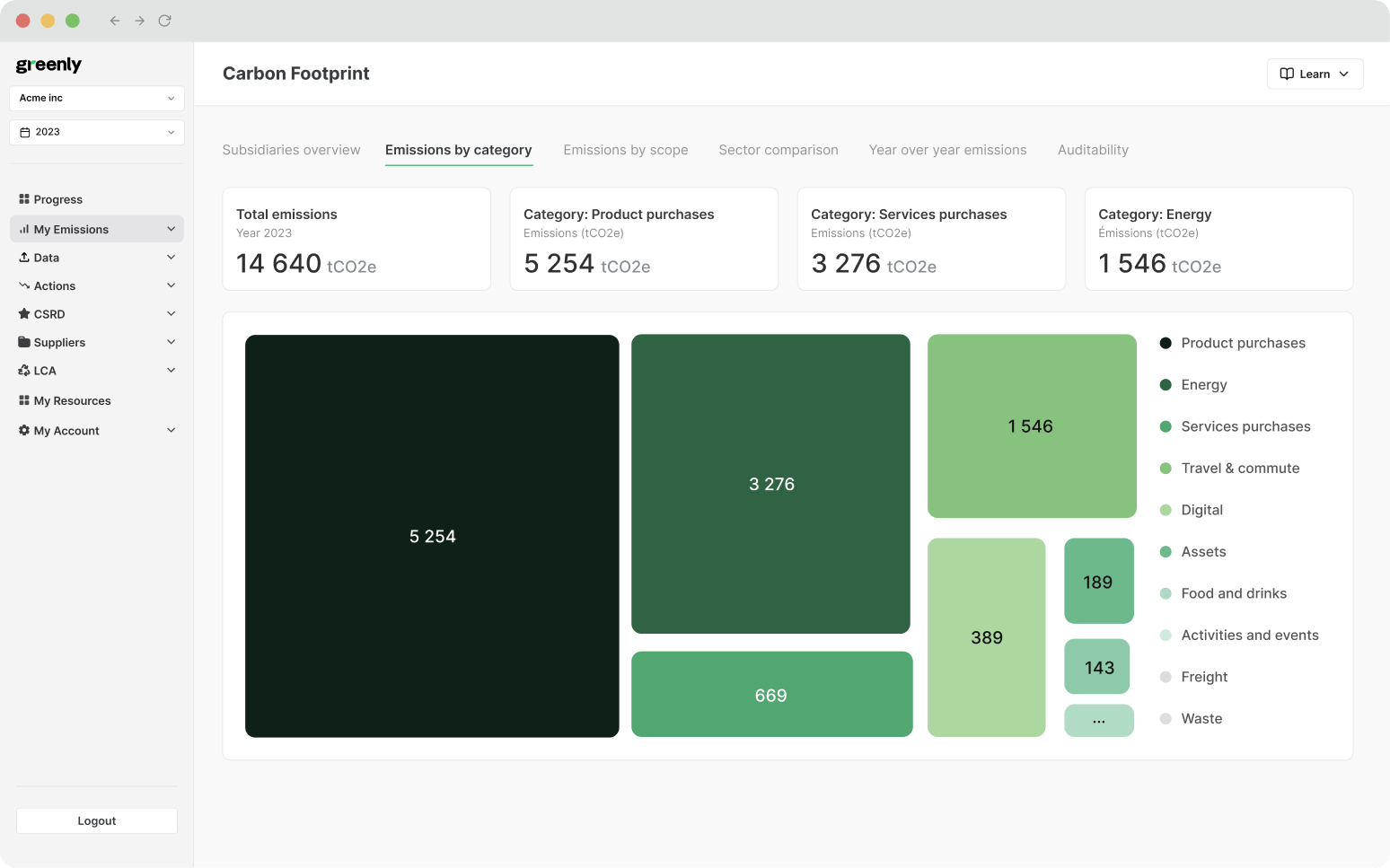ESG / CSR
Industries
How Hurricane Season Could Impact the Future of Southeast USA
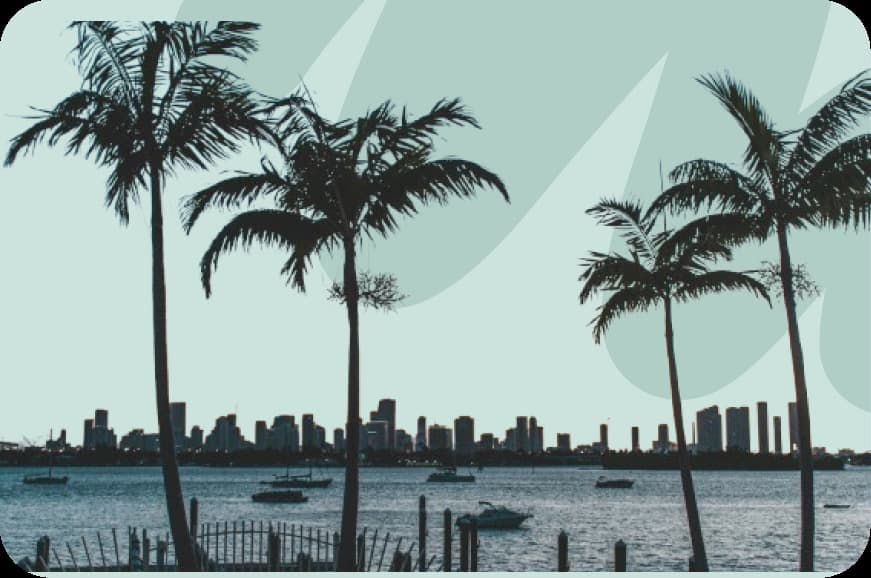


- Overview of the hurricanes which have impact states like Florida, Georiga, and the Carolinas in recent years
- How changing U.S. environmental policy will effect current strategies in place for climate resilience and recovery from natural disasters
- Long-term impact of hurricanes in vulnerable regions
- How southeastern states in the U.S. could develop new environmental mechanisms to protect themselves moving forward
Hurricane season is one of the most dreaded times of year in the United States, especially for the southeast region for states like Florida, North Carolina, Georgia, and even the neighboring Caribbean region.
Hurricane season 2024 was one of the most disastrous hurricanes to date – as Hurricane Helene continues to sweep across the southeast taking lives, homes, and leaving people scrambling to recover after their losses.
It’s easy to view hurricane season as a temporary bump in the road, but the reality is that many of these states will soon become inhabitable and unprofitable long-term if we continue to neglect the damage that has already been done – especially as hurricane season 2025 remains ahead of the curve in comparison to average hurricane seasons.
In this article, we’ll explain what hurricane season is, provide an overview of how it will impact the southeast today and in the future, and ways to mitigate the effects of hurricane season.
What is Hurricane Season?
Hurricane season refers to the time of year when regions of the world such as the Atlantic Ocean, Caribbean Sea, Gulf of Mexico, and the eastern Pacific Ocean are most vulnerable to hurricanes.
According to the National Oceanic and Atmospheric Administration (NOAA), it is predicted that hurricane season 2024 will be worse than usual as a result of warming ocean temperature and La Niña.
What Causes Hurricanes?
Hurricane season occurs as a result of warming water temperatures from June through August, such as in the Caribbean Sea and the Gulf of Mexico – which as a result spur greater hurricane activity.
Here’s how a hurricane forms:
1. Warm Ocean Water 🌊🔥
Hurricanes start over warm ocean waters (at least 80°F / 27°C), which provides the energy for the storm.
2. Evaporation 💧☁️
Warm water evaporates, rising into the atmosphere and creating humid air and clouds.
3. Low-Pressure System 🧭📉
As warm, moist air rises, it creates a low-pressure area near the surface, pulling more air into the system.
4. Wind Circulation 🌀
Winds begin to spiral due to the Earth’s rotation (Coriolis effect), causing the storm to spin.
5. Tropical Depression 🌩️
The system becomes a tropical depression when winds reach 25–38 mph (39–62 km/h), with thunderstorms intensifying.
6. Tropical Storm 🌬️📛
As winds strengthen to 39–73 mph (63–118 km/h), it is classified as a tropical storm and receives a name.
7. Hurricane Formation 🌀🌟
When wind speeds exceed 74 mph (119 km/h), the storm is officially a hurricane, often forming a distinct eye.
When Is Hurricane Season?
Here’s when hurricane season takes place:
- Atlantic Hurricane Season – This refers to the southeast states in the U.S. such as Florida, the Carolinas, and Georgia. Typically, hurricane season lasts from June 1st to November 30th.
- Eastern Pacific Hurricane Season – This refers to hurricanes that may occur in Central America such as coastal Mexico or Northern Peru. These hurricanes are more likely to occur from May 15th to November 30th.
It is important for these vulnerable areas to remain proactive during hurricane season in order to minimize the potential emotional and physical damage that could be caused by a hurricane – such as with Hurricane Helene.
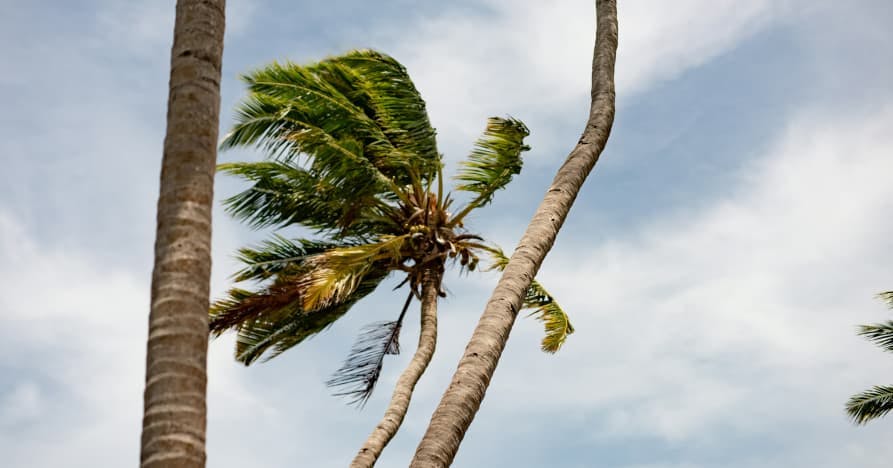
What is Hurricane Helene?
Hurricane Helene has taken hurricane season 2024 by storm, having started on September 26th, 2024 and already having secured its spot as a Category 4 hurricane.
The impact created on behalf of Hurricane Helene lessened as it moved inland away from the Big Bend region in Florida, otherwise known as the Florida panhandle – but it still caused insurmountable damage such as by causing massive power outages and even killing people in factories.
Starting in Florida and making its way across North Carolina, South Carolina, Georgia, and even Tennessee – Hurricane Helen has topped 80 mph wind speeds, caused extensive damage to power lines, and left coastal regions in a state of severe flooding.
The National Hurricane Center (NHC) issued warnings across several southeast states including Florida and Georgia. Since the start of Hurricane Helene, both NASA and FEMA monitored the storm via the use of NASA's satellites to keep up-to-date on areas with power outages and extreme flooding.
The damage brought about by Hurricane Helene elicited several social media stars to share the impact of the hurricane on social media, bringing attention to the need for Biden and future presidents of the United States to improve upon the current limited federal resources for hurricane relief.
The drop down sections below will further depict some of the discrepancies in the United State's current environmental policy that Hurricane Helene revealed:

How Did Hurricane Helene Affect Southeast USA?
Hurricane Helene, resulted in 250 casualties in its wake alongside 1.4 million residents in the southeast USA without power.
Leaving a colossal impact on the Carolinas, Florida, Georgia, and even Virginia – Hurricane Helene has left several major roads inaccessible, the ability to communicate sparse, flood damage, and an inevitable new wave of eco-anxiety across the south.
Here is a breakdown of how Hurricane Helene has impacted states in the Southeastern United States:
Florida
Ron DeSantis, the current governor of Florida, has recently issued an emergency warning for 61 counties in the state of Florida – revealing that the disastrous effects of Hurricane Helene are far from over.
Florida lost 34 lives from the hurricane, and when Hurricane Helene hit the ground near the panhandle – it topped out at speeds as high as 140mph. As a result, over 1 million homes in the state were left without power.
The interactive flip cards below (move cursor over card to flip) will reveal which places in Florida have been severely impacted economically, emotionally, and physically as a result increasing severity and frequency of hurricanes in the state:
Hurricane Milton
In fact, another category 4 hurricane made its way to Florida shorty after Hurricane Helene –as Hurricane Milton was immediately cited as "extremely dangerous" by the US National Hurricane Center.
Arriving a mere 10 days after the destruction of Hurricane Helene, this goes to show the continuous damage that hurricane season is bound to have on southeastern states.
The timeline will break down the sequence of events of Hurricane Milton:
1. Rapid Intensification 🌀
Having strengthened to a category 5 hurricane in a matter of hours and topping out at wind speeds of 180mph – the mayor of Tampa, Florida advised residents to evacuate or "you're going to die."
2. Landfall & Downgrade 🌊
As of 12:56AM EST on October 10th, 2024 – Hurricane Milton finally subsided to a category 1 hurricane after it made landfall near Siesta Key, Florida as a category 3 hurricane. However, over 3 million households and businesses across the state of Florida remain without power – with the Tampa Bay Area being the most affected region.
3. Damage & Casualties 🚧
Despite the hurricane dropping to a category 1 level storm, Hurricane Milton has still caused sufficient damage – including tearing off the roof of Tropicana Field and already claiming lives.
4. Celebrity Aid 🤝
As a result of the damage, Taylor Swift (context) made a generous donation of $5 million USD to help provide indispensable resources amidst this "treacherous" hurricane season.
5. Federal Warning on Price Gouging 🏛️
The damage from this hurricane season and Hurricane Milton left lasting long-term effects, to the extent that Kamala Harris made clear to gasoline companies, hotels, and airlines to avoid price gouging for people desperate to escape the storm – otherwise, there would be consequences on a federal level.
In addition to this, a viral video of a meteorologist getting emotional at the notion of global warming causing these horrific hurricanes garnered significant attention – as its intensified speeds have signaled the extent to which climate change is exacerbating the effects of these natural disasters.
If you are currently affected by Hurricane Milton, here are some precautions to follow to protect yourself immediately:
Follow Evacuation Orders
Many cities, such as Tampa, have ordered residents to flee their city or state entirely as a result of Hurricane Milton. The most imperative mechanism of protection is to distance yourself from the heart of the storm as soon as possible, but don't try to evacuate in the midst of the storm.
Prepare an Emergency Kit
Having easy access to snacks, blankets, medicine, and a general first-aid kit could prove indispensable in the midst of Hurricane Milton.
Avoid Glass Windows
If you were unable to evacuate from your home, it is important to take shelter on the lowest level of your home possible – preferably a basement. Stay away from windows in the event they shatter with additional flying debris.
Expect Power Outages
Have an external battery charged to be able to power your cell phone in the event of an emergency, as power outages are bound to occur during Hurricane Milton.
Stay Up-to-Date with Florida Authorities
Several cities like Tampa have issued evacuation warnings and promised to provide live updates as the storm continues. Be sure to follow current updates provided by your county for the most accurate information.
Protect Important Documents
Store IDs, insurance papers, and emergency contacts in a waterproof pouch and keep digital copies so recovery and claims are faster after the storm.
Overall, Hurricane Milton demonstrates how climate change is aggravating weather patterns and that hurricanes will only continue to get worse as global temperatures rise – as a study was officially released on October 11th, 2024 revealed how stronger winds, warmer water, and more rain triggered by climate change fueled Hurricane Milton to be as destructive as it was.
North Carolina
As one of the states most affected by Hurricane Helene, North Carolina has suffered from a high death toll of 105 people alongside copious amounts of leftover debris, some of which has found its way into Lake Lure.
North Carolina has also found itself in financial peril as a result of the aftermath of Hurricane Helene, with businesses struggling to stay afloat – especially in the historic town of Chimney Rock.
Georgia
Luckily, on October 1st, 2024 – Biden approved of a disaster relief fund for Georgia, where over 460,000 power outages were being reported even after the storm.
Kamala Harris, potential future president of the United States, will be visiting Augusta on October 2nd, 2024 to further examine the damage caused by Hurricane Helene and what federal protocols can be taken.
Virginia
With three lives lost, Virginia has also been affected by Hurricane Helene – with more rain expected in the next few days, which has left residents concerned.
Around 282,000 Appalachian Power customers lost service in the midst of Hurricane Helene.
The summary cards below will explain why it's difficult for residents of states prone to hurricanes to stay safe without power:
Tennessee
Hurricane Helene certainly didn’t spare Tennessee, as 11 factory workers were swept away by the hurricane – only 6 of them were able to be rescued. 18 lives were total lives were lost in the state.
In addition to this, the state has suffered from massive flooding – especially on main roads meant to remain available in the event of the need to evacuate in the midst of a natural disaster.
Ultimately, Hurricane Helene has left behind catastrophic damage in its wake that not only states – but the federal government will have to aid in their recovery moving forward.
The table below will provide a death toll for all of the lives lost in the southeastern states of the U.S. as a result of Hurricane Helene:
Hurricane Helene deaths by state
| State | Direct deaths | Indirect deaths | Unknown | Total |
|---|---|---|---|---|
| Florida | 18 | 16 | 0 | 34 |
| Georgia | 28 | 9 | 0 | 37 |
| South Carolina | 26 | 23 | 1 | 50 |
| North Carolina | 85 | 20 | 0 | 105 |
| Tennessee | 15 | 1 | 2 | 18 |
| Virginia | 2 | 1 | 0 | 3 |
| Indiana | 1 | 0 | 0 | 1 |
| Total | 175 | 70 | 3 | 248 |
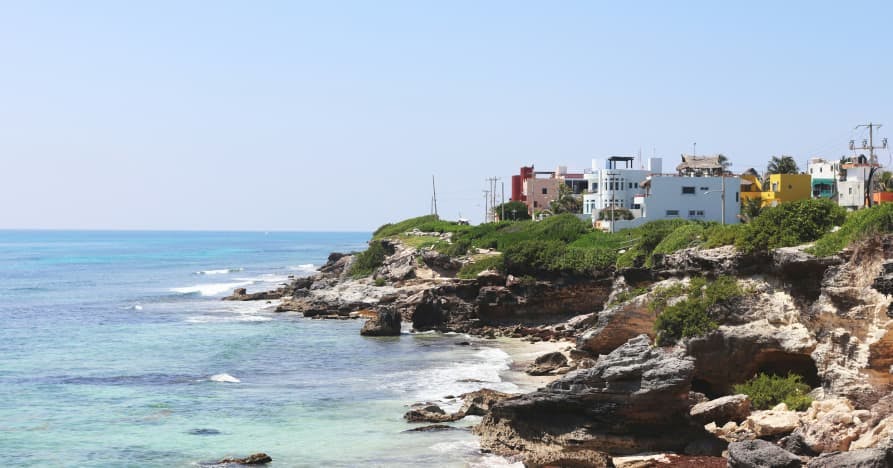
How Hurricane Season Will Impact Southeast States In the Future
Hurricane season and events as heartbreaking as Hurricane Helene may do more than damage the state and take lives itself, but it could prevent the livelihood of southeast states in the future – as property value will decrease, businesses will struggle, and overall tourism is bound to decrease.
States such as Florida, North Carolina, South Carolina, and more will struggle to rebuild homes and keep businesses running – especially as climate change continues to exacerbate the negative effects of hurricanes in the future.
Negative Impact of Hurricane Season on Southeastern States
Here are some of the ways hurricane season will impact the future of these southeastern states:
- Decrease in Property Value – Once popular homes in places like Miami, Tampa, the Outer Banks, and more will lose value as some of these cities are even sinking as a result of rising sea levels. As a result, people will no longer want to invest their money into properties in the southeast – which could scream trouble for the regions’ housing market.
- Struggling Businesses – As hurricane season could destroy business both physically and financially, businesses in the southeast may struggle to stay open in the midst of hurricane season and even after while they recover. This could set the southeast up to be one of the worst places to start a business, and impact the regions’ economy as a whole.
- Less Tourism – Although it may seem trite on the surface, Florida is home to Orlando’s Walt Disney World, which brings in 58 million visitors every year. As states like Florida will struggle to rebuild following each hurricane season without immediate government aid, the potential decrease in tourism as a result of hurricanes could leave states like Florida in a state of financial peril.
- High Eco-Anxiety & Loss of Stability – Those who choose to stay in the region despite the looming threat of a more intense hurricane season each year will have to make peace with the fact their homes and lives will never be 100% safe from natural disasters.
- Economic Consequences – As hurricane season continues to worsen, billions of dollars worth of damage will accumulate – as the need to repair infrastructure, homes, and businesses will rise alongside the severity of hurricanes. This means that economies in the southeastern region of the United States could suffer from long-term effects, such as revenue loss.
- Impact of Southeastern Industries – The Southeast of the U.S. is known for agriculture and fishing, both of which are likely to be severely impacted as a result of a worsening hurricane season. This is because rebuilding costs, insurance claims, and disaster relief funds will affect public and private financial sectors.
States in the Southeast of the United States are likely to become more difficult to live in, expand businesses, and own property in as hurricane season intensifies. Luckily, companies like Greenly can help businesses to boost their climate resilience and ensure their business is well adapted to our changing world in he midst of climate change and a global push for sustainability.
How Will Trump's Presidency Impact Hurricane Season?
As hurricane season continues to get worse with time, and as all the southern states swung in favor of re-electing Donald Trump – it is reasonably to wonder what Trump is likely to do when another natural disaster strikes.
First off, Trump's close connection with Elon Musk will allow for personal and perhaps more immediate access to specialized tools to help track incoming storms and other natural disasters – but it is important to note that Musk himself spread misinformation regarding allegations that FEMA was blocking goods, finances, and other donations to victims of Hurricane Helene when this wasn't true.
In addition to this, the Trump administration will focus on economic recovery in the midst of a natural disaster – likely to send the equivalent of stimulus checks during the pandemic to help businesses stay running until they can get back on their feet.
The overview cards will reveal how Trump's current policies could have an affect on how southeastern states recover from hurricane season:
Paris Agreement Withdrawal
By exiting the Paris Agreement, Trump weakened U.S. commitments to climate action — making it harder for states to prepare for stronger hurricanes.
Rollback of EPA Regulations
Relaxed environmental rules limited oversight of carbon emissions and pollution, exacerbating climate-related storm risks.
Limited Federal Aid
Recovery funds for hurricanes often faced delays or restrictions, leaving states like Florida and the Carolinas struggling to rebuild quickly.
Oil & Gas Prioritization
Policies favoring fossil fuel industries slowed investment in renewable energy, increasing long-term vulnerability to climate-driven disasters.
Weakened OBBA Standards
Changes to building and safety codes reduced climate resilience — leaving homes and infrastructure more exposed to hurricane damage.
Disaster Communication Gaps
Shifts in FEMA coordination and communication sometimes left local governments without timely guidance during hurricane emergencies.
Ultimately, Trump's presidency may be more swift with helping businesses to recover – but the administration may be more hesitant to implement the necessary climate legislation to help avoid natural disasters such as hurricanes from worsening in the first place.
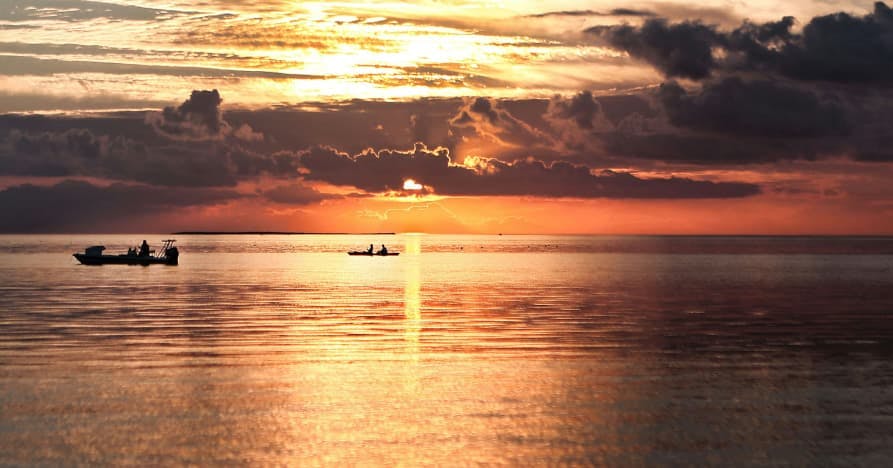
How to Protect Southeast U.S. From Hurricane Season
Many across the world continue to treat natural disasters such as hurricanes as an accident that can’t be avoided and no one can prepare for, but the truth is – there are many things we can do to protect vulnerable areas such as the southeast U.S. from hurricane season.
Some of these ideas include working to improve infrastructure and offering improved support packages via the government to help those struggling after hurricane season.
Here are some of the ways the U.S. can improve its methods to support the southeast in the midst of this hurricane season:
- Improve Infrastructure – As many homes alongside the coast of North Carolina or Florida remain vulnerable to coastal flooding and inundation, it is imperative to raise homes, roads, and other critical facilities in areas prone to flooding. This can allow important areas to remain accessible after a flood when resources such as healthcare will be crucial.
- More Resilient Power Grids – Rectifying the current powder grids can help to prevent statewide power outages. This can be done by implementing the use of backup generators or using smart grid technology.
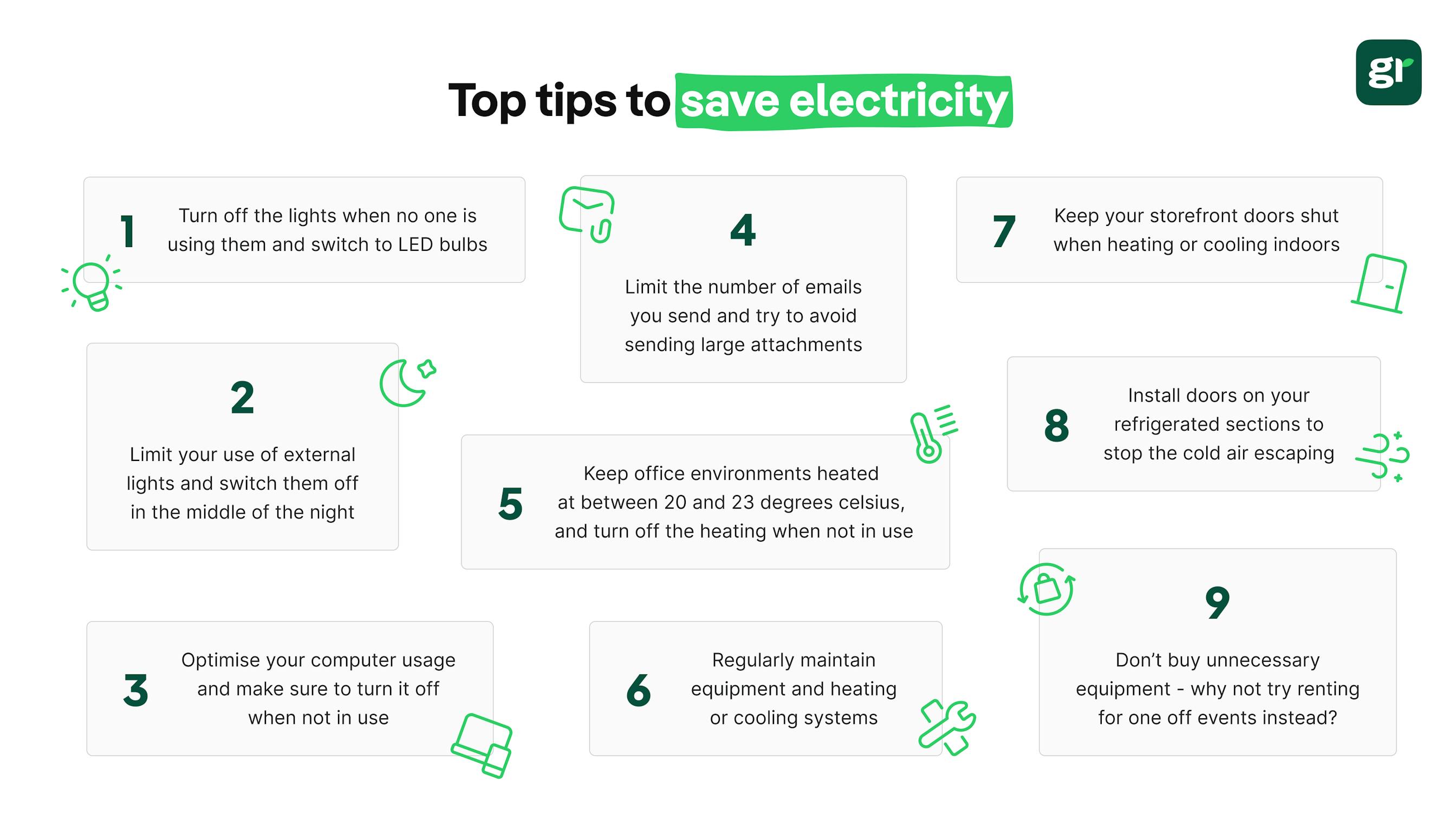

- Create an Evacuation Plan – We always think that a natural disaster won’t happen to us until it does. Therefore, it is imperative that states in the southeast work together to develop a consistent plan to ensure that people can evacuate their homes before a bad hurricane such as Hurricane Helene during hurricane season hits.
- Encourage Emergency Preparedness Education – Just as kids in California have practice drills in the event of an earthquake, students in the southeast should have drills in the event of a hurricane.
- Offer Better Insurance Coverage & Government Aid – Some insurance companies such as State Farm have started to limit their insurance coverage, meaning that improved government aid will be required to support struggle homes and businesses during hurricane season.
Overall, hurricane season doesn’t have to be as devastating as we’ve seen it be so far with Hurricane Helene – as the southeastern states can work together to build greater resilience to avoid the heartbreaking effects of hurricanes to come.
FAQ Southeast Hurricane Season
What About Greenly?
If reading this article about hurricane season and Hurricane Helene has made you interested in reducing your carbon emissions to further fight against climate change – Greenly can help you!
Making an effort to switch your company over to the values of a green business can be overwhelming, but don’t worry – Greenly is here to help. Click here to schedule a demo to see how Greenly can help you find ways to improve energy efficiency and decrease the dependency on fossil fuels in your own company.
Greenly can help you make an environmental change for the better, starting with a carbon footprint assessment to know how much carbon emissions your company produces.
Click here to learn more about Greenly and how we can help you reduce your carbon footprint.
